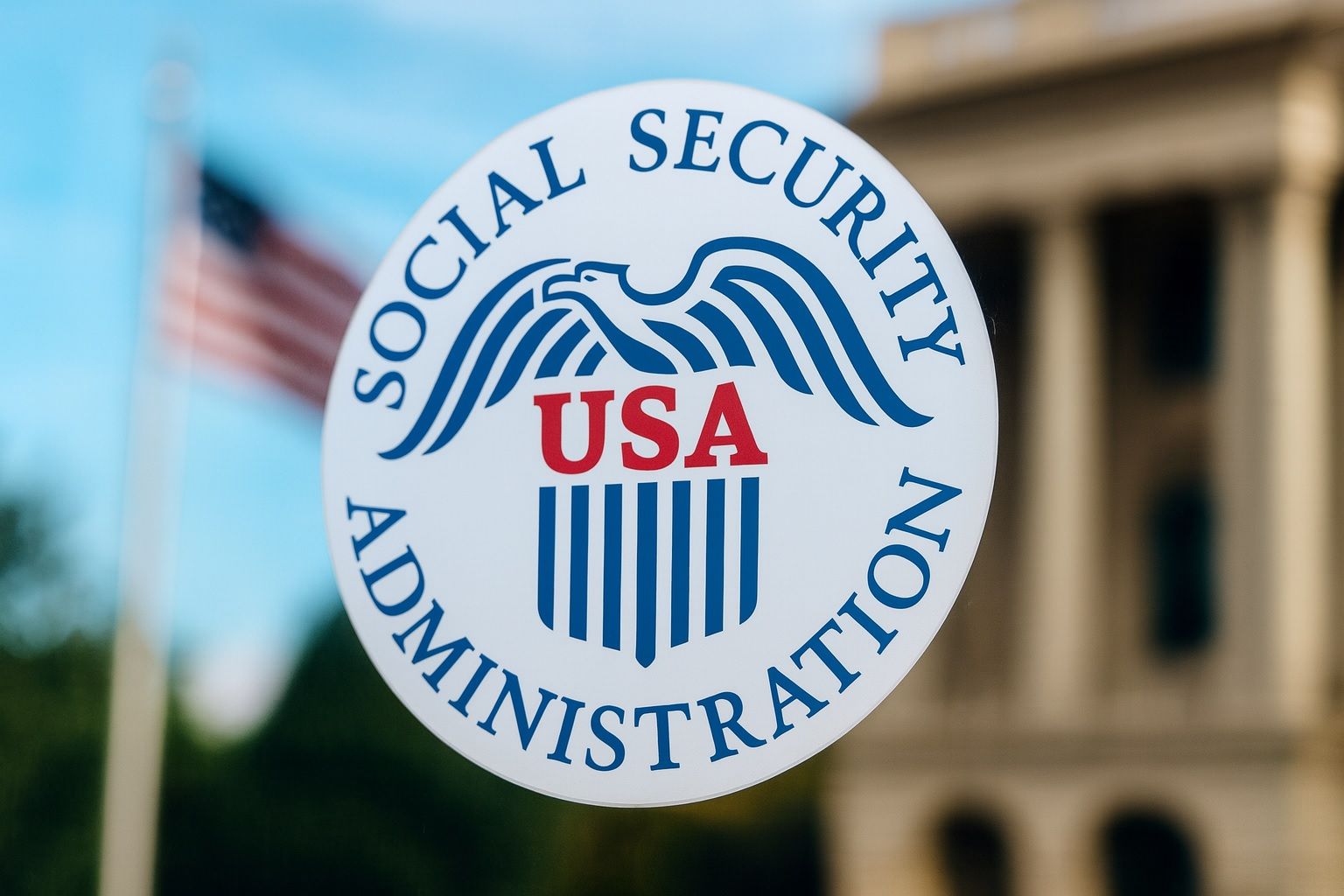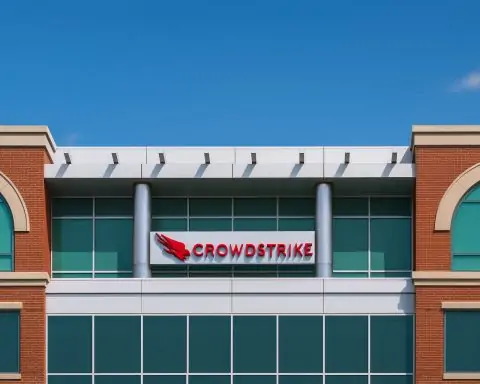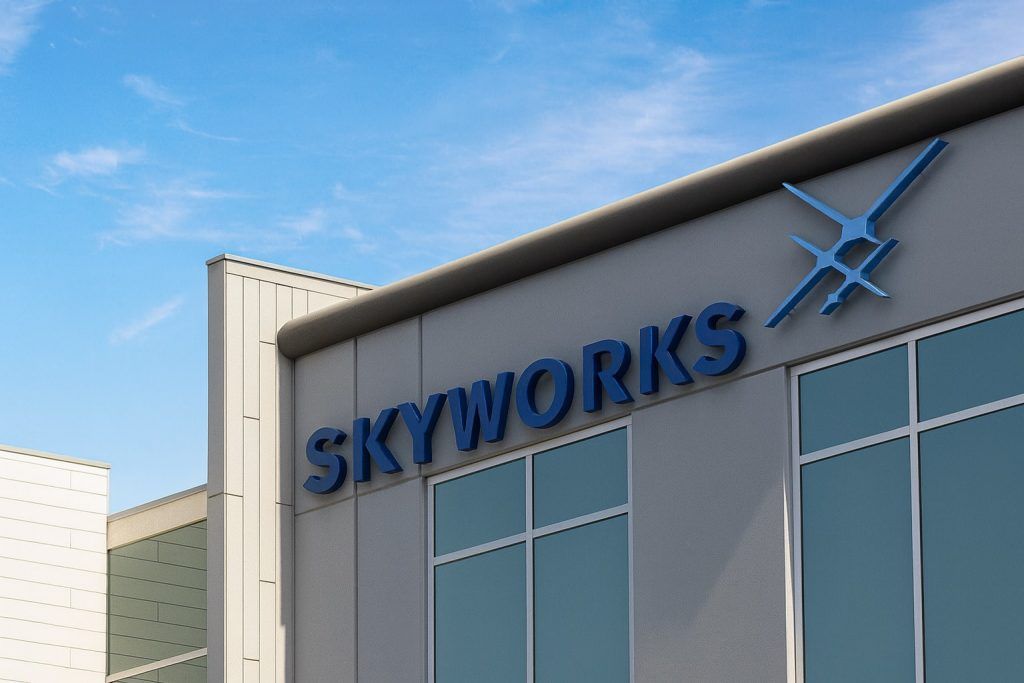- Social Security benefits will increase 2.8% in 2026 [1], raising the average retiree’s check by about $56 per month.
- About 71 million Social Security recipients get the COLA boost in January, while roughly 7.5 million SSI (Supplemental Security Income) beneficiaries see a 2.8% increase effective Dec. 31, 2025 [2]. (Many low‑income disabled Americans receive SSI.)
- Military and federal retirees benefit similarly: under the new law, a 2.8% increase applies to VA disability and other veterans’ benefits. For example, a $2,500 monthly military pension would rise by about $70, and a veteran getting $1,500 would see roughly $42 more in 2026 [3].
- At the same time, Medicare Part B premiums are projected to jump to about $206 in 2026 (up ~$21 from 2025) [4] [5]. That rise alone could wipe out roughly half of the COLA gain for seniors on Medicare. Other costs (housing, food, drugs) are also climbing faster than 2.8% [6].
- Senior advocates warn 2.8% barely covers real inflation: polls and studies show many retirees think a 5%+ COLA is needed. AARP’s Jenn Jones notes the adjustment “is incredibly important to millions of Americans” even if “it may not feel like it’s quite enough” [7]. The Senior Citizens League points out the CPI‑W formula understates seniors’ cost increases, costing them ~20% of purchasing power since 2010 [8].
- Wall Street is riding a rally on the back of soft inflation data: as of Oct. 24, 2025 the Dow hovered around 47,200, S&P 500 near 6,800, and Nasdaq about 23,200 [9] – all-time highs. Traders now expect the Fed to cut rates 25 basis points on Oct. 29 (to ~3.75–4.00%) [10] [11] amid cooling price pressures.
In mid‑October 2025 the Social Security Administration (SSA) officially announced a 2.8% cost-of-living adjustment (COLA) for 2026 [12]. This means nearly all retired, disabled and survivor Social Security recipients will see their monthly checks rise by 2.8% next year. “Social Security is a promise kept,” Commissioner Frank J. Bisignano said in a statement, noting that the COLA “is one way we make sure benefits reflect today’s economic realities” [13]. On average, the extra 2.8% translates into roughly +$56 per month for an average retired worker (around $2,000/mo currently), or about $672 per year [14] [15]. SSI payments – the flat‐rate benefits for low-income elderly and disabled Americans – will also rise 2.8%, with the first higher check arriving Dec. 31, 2025 [16] [17].
The rise is slightly bigger than last year’s (2025’s COLA was 2.5%), but still below the decade‑average of about 3.1% [18]. The increase was delayed by the recent federal shutdown (which pushed back the September CPI report and thus the COLA announcement), but SSA officials say the 2.8% figure is now locked in. The SSA will mail new benefit notices in December, and those enrolled online at MySocialSecurity.gov can view their personalized COLA update even earlier [19] [20].
Impact on Veterans and Military Retirees
Notably, the 2.8% COLA also applies to veterans’ benefits and military retirement pay. Under the 2024 fairness law, VA disability compensation and other veterans payments are tied to the Social Security COLA. MilitaryTimes reports that a typical retired service member’s pay will rise about $70 per month on a $2,500 pension [21]. For an average disabled veteran, the increase can be tens of dollars (e.g. $42 for someone receiving $1,500) [22]. Even Dependents’ Indemnity Compensation and other VA allowances will grow by 2.8%. In short, all major federal benefits (Social Security, SSI, VA disability, federal pensions) move together with the COLA, with the one exception that some FERS civil-service retirees only get a 2.0% “diet COLA” due to their formula [23] [24].
But Will It Cover Costs?
Despite the headline raise, many experts warn the COLA won’t keep up with seniors’ costs. Key everyday expenses are rising faster than 2.8%. According to a recent breakdown, rents (+4.3%), food (+3.8%), and medical care (+5.1%) are all climbing notably faster than the official COLA percentage [25]. In particular, Medicare costs pose a major bite. Next year’s standard Part B premium (Medicare doctor care) is estimated to jump about 12% to $206.50 [26] [27]. Seniors who have Medicare Part B and D coverage usually pay those premiums out of pocket, often directly via their Social Security check. As TechStock² notes, if Medicare Part B rises ~$21, “nearly half of the new COLA increase will vanish into higher premiums” [28]. In other words, of a $56 bump, roughly $20 could immediately go to the Medicare premium hike, leaving maybe $36 extra — barely enough to offset other price increases.
Social Security advocates emphasize that most retirees live on fixed incomes. A poll by AARP found 40% of seniors rely on Social Security for the majority of their income, and many were hoping for a bigger boost. “The cost-of-living adjustment for Social Security is one of the few inflation-adjusted programs for retirees,” said AARP’s Jenn Jones. “It is incredibly important to millions of Americans, and so although it may not feel like it’s quite enough… it’s critically helpful for keeping pace with rising costs” [29]. But the hard reality is that many older households already spend far more on healthcare and housing than the general population, and those sectors have seen especially steep inflation [30] [31].
Voices from senior groups have been blunt. Ramsey Alwin, CEO of the National Council on Aging, warned that a 2.8% COLA “is woefully insufficient for older Americans who already have high health care costs and are facing even greater increases in their Medicare costs in 2026” [32]. The National Committee to Preserve Social Security and Medicare (NCPSSM) echoed this concern: Max Richtman noted that “seniors on fixed incomes are rightly concerned that the Social Security COLA is not keeping pace with the true impact of inflation on their living costs,” especially as medical and housing expenses “are outstripping the COLA” [33].
Financial advisors also note the squeeze. Kelly LaVigne of Allianz Life reminds retirees that Social Security is just one piece of a retirement strategy, and it “involves careful planning” to maximize benefits [34]. Surveys suggest many Americans are tapping benefits early: a Schroders/Allianz poll found 9 in 10 workers plan to claim Social Security before age 70, despite the fact that delaying to 70 would boost lifetime benefits by about 30% on average [35]. Deb Boyden of Schroders warns that fear of running out of money (or worries the system will break) is driving people to claim early: “Many Americans are anxious about [Social Security’s] solvency and yet so few are willing to hold off taking benefits” [36]. In short, retirees are desperate for income now, even though mathematically waiting longer would yield thousands more over time.
Economic Context: Inflation, Markets and Policy
The 2026 COLA arrives amid a mixed economic backdrop. Inflation has come off its 2022 highs, but remains stubborn. In September 2025, the CPI rose 0.3% on the month and 3.0% year-over-year [37]. That 3.0% annual rate was actually a hair below economists’ forecasts, thanks to slowing rent and used-car costs [38]. Stock markets reacted positively: on the day of the CPI report, all three major U.S. stock indices hit record closing highs, with the Dow above 47,200, S&P 500 around 6,800, and Nasdaq around 23,200 [39]. Commentators noted this “benign” inflation data effectively locked in expectations for a Fed rate cut.
Wall Street strategists are upbeat. Ryan Detrick of Carson Group said that softer inflation and strong corporate earnings were “going to encourage the rally we’ve seen this year and likely opening the door for a strong end-of-year rally” [40]. Indeed, the major “Magnificent Seven” tech stocks (Microsoft, Meta, Alphabet, Amazon, Apple, Nvidia, Tesla) have largely powered the market to new highs, as AI optimism and trade deal hopes (U.S.-China talks, new AI chip announcements) boosted sentiment [41] [42]. Interest rates are also stabilizing: the U.S. 10-year Treasury yield sits near 4.0% [43], down slightly from earlier highs as investors prize bonds in this uncertain slowdown. Even Bitcoin has rallied above $115,000 in late October, illustrating the risk-on mood [44].
The Federal Reserve is on course to ease monetary policy. With inflation cooling and labor market strains emerging, nearly all analysts expect the Fed to cut its benchmark rate by 0.25 percentage point at its Oct. 29 meeting [45] [46], bringing the Fed funds range to about 3.75–4.00%. Fed officials have already signaled more rate cuts are likely soon: Fed Vice Chair Michelle Bowman noted the central bank’s post-meeting statement hinted at “additional adjustments” downward. Deutsche Bank economists expect Chair Powell to avoid ruling out a December cut as well, keeping options open through the year [47]. “It’s quite positive [inflation data], and it certainly clears the way for the Fed to cut rates next week… and it certainly leads to a higher expectation of at least two more rate cuts (by March),” observed Eric Gerster of Alphacore Wealth [48].
Some Fed watchers caution that the shutdown means a lack of new jobs data, so monetary policy will be especially sensitive to what little info is available. Still, most agree the next Fed move will be easing, not tightening. As one economist noted, today’s reports give the Fed a bit more “breathing room to cut rates” and focus on the softer labor picture [49]. In short, with markets near record highs and borrowing costs poised to fall, retirees face a mixed scenario: their benefits will inch up modestly next year, but the dollars they receive will probably go a lot less far than they used to.
Sources: Official SSA announcement and financial press (SSA.gov [50], MilitaryTimes [51]), analysis and expert commentaries (CBS News [52] [53], TechStock²/Newsweek [54] [55], AARP [56], etc.), and market data from Reuters and Investopedia [57] [58] [59] [60].
References
1. blog.ssa.gov, 2. blog.ssa.gov, 3. www.militarytimes.com, 4. ts2.tech, 5. www.aarp.org, 6. www.wilshirehcs.org, 7. www.cbsnews.com, 8. ts2.tech, 9. www.reuters.com, 10. www.reuters.com, 11. www.reuters.com, 12. blog.ssa.gov, 13. www.wilshirehcs.org, 14. blog.ssa.gov, 15. www.wilshirehcs.org, 16. blog.ssa.gov, 17. ts2.tech, 18. blog.ssa.gov, 19. blog.ssa.gov, 20. ts2.tech, 21. www.militarytimes.com, 22. www.militarytimes.com, 23. ts2.tech, 24. ts2.tech, 25. www.wilshirehcs.org, 26. ts2.tech, 27. www.aarp.org, 28. ts2.tech, 29. www.cbsnews.com, 30. www.cbsnews.com, 31. www.wilshirehcs.org, 32. www.cbsnews.com, 33. www.cbsnews.com, 34. ts2.tech, 35. ts2.tech, 36. ts2.tech, 37. www.reuters.com, 38. www.reuters.com, 39. www.reuters.com, 40. www.reuters.com, 41. www.investopedia.com, 42. www.investopedia.com, 43. www.investopedia.com, 44. www.investopedia.com, 45. www.reuters.com, 46. www.reuters.com, 47. www.reuters.com, 48. www.reuters.com, 49. www.reuters.com, 50. blog.ssa.gov, 51. www.militarytimes.com, 52. www.cbsnews.com, 53. www.cbsnews.com, 54. ts2.tech, 55. ts2.tech, 56. www.aarp.org, 57. www.reuters.com, 58. www.investopedia.com, 59. www.reuters.com, 60. www.reuters.com







